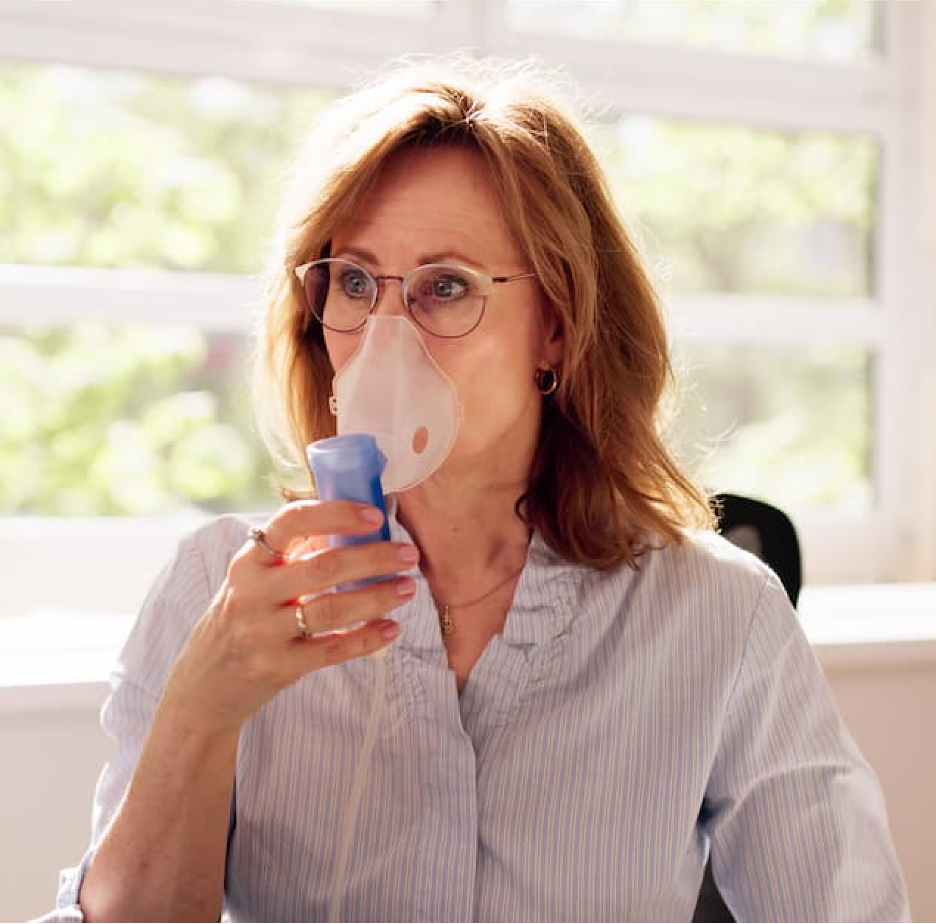Remote Monitoring Improves Outcomes in Chronic Respiratory Therapy
A retrospective study indicated telemonitoring reduces the dropout rate of non-invasive ventilation therapy and enhances leak control over a year-long follow-up.
By
Lana Pine
| Published on October 8, 2024
5 min read
Credit: Adobe Stock/Andrey Popov

Patients with chronic respiratory failure using telemonitoring with home care provider first-line support for home non-invasive ventilation (NIV) therapy had fewer dropouts, better therapy compliance and improved leak control over one year compared to those without telemonitoring.
Chronic respiratory diseases, including chronic obstructive pulmonary disease (COPD) and obesity-hypoventilation syndrome (OHS), account for 7% of hospital admissions across Europe. NIV is a common treatment approach for hypercapnic chronic respiratory failure (CRF) and has been shown to reduce the need for hospitalization and improve both survival and quality of life.
“As with other therapies, effectiveness and tolerability are key factors in successfully achieving the desired clinical benefits of NIV therapy,” wrote lead investigator Raphael Le Mao, MD, associated with the Department of Internal Medicine and Pneumology at La Cavale Blanche Hospital, Brest University Hospital Centre, France. “There is currently limited data on patients who stop NIV therapy, and the dropout rate in cohort studies and randomized controlled trials varies widely, ranging from about 10% to 50% within two years of NIV initiation. Rates of NIV therapy dropout may be even higher in real-life settings.”
To determine the impact of long-term telemonitoring, combined with remote patient support, on treatment discontinuation compared with a non-telemonitoring (NTM) strategy at one year, investigators conducted a retrospective cohort study using data from single home care providers in France. Eligible patients were adults who started nocturnal NIV between January 2017 and December 2019 and had at least eight days of NIV therapy. These patients were randomized to receive either telemonitoring or NTM. Secondary endpoints included leaks and therapy compliance.
A total of 659 patients (275 in the telemonitoring group and 384 in the NTM group) were included in the study, with a mean age of 68.5 years and 51% were male. Among this group, 35.5% were receiving long-term oxygen therapy. Patients in the TM group spent ≥80% of the follow-up period using telemonitoring, while patients in the NTM cohort had ≤10 days of telemonitoring. During the follow-up period, 82 patients died (7% in the telemonitoring group and 16% in the NTM group).
Although median NIV use increased over time across cohorts, a significantly fewer number of patients in the telemonitoring group discontinued NIV therapy at the one-year mark compared with the NTM group (12.7% vs 34.1%, respectively).
Even after adjusting for age, sex, the main underlying respiratory disease, and NIV usage at one-month follow-up, telemonitoring continued to exhibit a lower risk of dropout.
A greater proportion of patients in the telemonitoring cohort had NIV usage of >4 hours per day and control of leaks at one, four, eight and 12 months compared with the NTM group.
Investigators cited the sample size and unselected nature of the group as strengths of the study, as it offered real-life information about dropout rates and the feasibility of telemonitoring. However, the retrospective study design inherently hindered findings. They noted several limitations, including the inability to determine the severity of the respiratory disease and the presence of comorbidities, or assess health-related quality of life and patient motivation. Additionally, baseline differences in patient characteristics were observed between the telemonitoring and NTM cohorts, such as age and underlying disease. Results may not be generalizable to all patients needing home NIV and all geographical locations due to the standard approach to NIV following French regulations.
“Future prospective, controlled, comparative studies are needed to corroborate our findings,” investigators concluded. “Furthermore, because the benefits of NIV cease when therapy is discontinued, and patients with COPD have better clinical outcomes with vs without NIV, additional studies are needed to determine the impact of NIV dropout on survival, clinical outcomes and healthcare consumption.”

